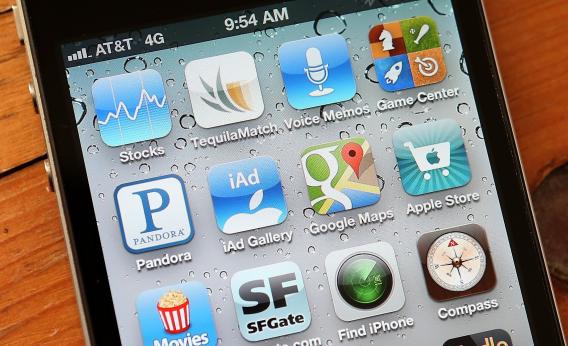Apple made two smallish acquisitions of map-related companies last week, Locationary and HotStop, that have produce some sneering press coverage since clearly in both instances the purchase is in a way an admission that Apple’s Maps product continues to be markedly inferior to Google Maps. But I think that’s the wrong way to look at it. The purchase of these companies is a confirmation that Apple’s risky Maps strategy is continuing to pay dividends and in retrospect we’re going to look back at this early Tim Cook decision not as an embarassing fiasco but as a gutsy savvy move.
Recall that the context is that before Apple launched its own iOS Maps app, Google Maps for iOS was already markedly inferior to Google Maps for Android. Not because Google was incapable of producing a great Google Maps app for iOS but because they didn’t want to make one.
To get out of that bind, Apple has never needed to make a product that’s actually superior to Google Maps. What they’ve needed to do is produce an application that clears two bars. One is that it has to be good enough that your typcial doesn’t-care-too-much phone consumer doesn’t reject iOS out of hand. The other is that it has to be good enough such that if Google doesn’t want to lose the entire iOS customer base it has to scramble and release a great Google Maps app for iOS and not just for Android. Apple’s Maps app easily clears both of those bars. Before the release of iOS 6, the inferiority of Apple’s Google-powered iOS Maps app to Android’s Google maps was a real reason to prefer an Android phone. Today, there is no such reason. Not because Apple Maps is as good at Google Maps, but because Google Maps for iOS is as good as Google Maps for Android.
Now what Apple needs to do is keep iterating so that its Maps app keeps getting better. In Apple’s ideal world, mapping applications will at some point reach an era of sharply diminishing returns so that Apple and Google will reach maps parity. But an acceptable outcome is one in which Apple never catches Google in maps quality, but simply never allows Google to gain a large enough lead for it to become complacent about the quality of Google Maps for iOS. Apple’s continued ability to use its practically limitless cash reserves in order to iterate the maps platform shows that this is a viable strategy that so far is working.
